Introduction to UAS
Center for Geospatial Analytics at North Carolina State University
Objectives
- Use the proper terminology and understand its meaning
- Describe the elements of UAS
- Classify different UAS according to their make and characteristics
- Describe different classes of the UAS
- Understand the current state of the UAS development
- Describe the objectives beyond the use of the UAS
What is an UAV?
For the brief summary read the overview article
UAS or UAV? Or maybe a drone?
- UAV = Unmanned Aerial Vehicle
- UAS = Unmanned Aerial Systems
- Drone = Dynamic Remotely Operated Navigation Equipment
- RPA = Remotely Piloted Aircraft
UAS: Unmanned Aircraft System
- Unmanned = without a person onboard (operated by automatic or remote control)
- Aircraft = able to fly
- System = associated elements related to safe operations (may include control stations, control links, support equipment, payloads, flight termination systems, and launch recovery equipment)
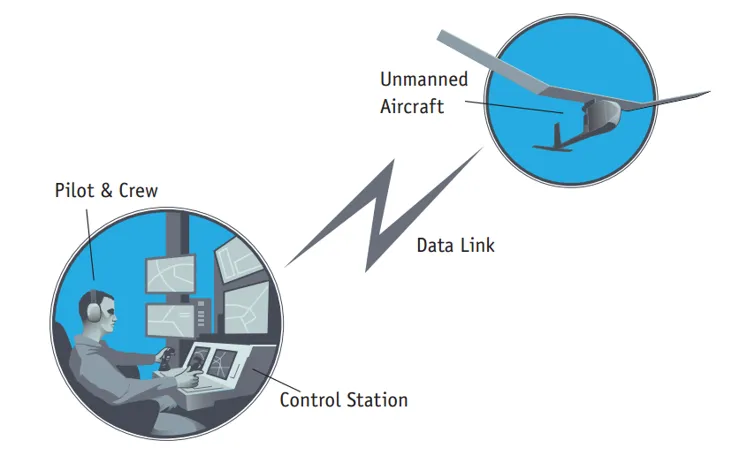
Consists of three elements:
- Unmanned Aircraft
- Control Station
- Data Link
UAS or UAV? Or maybe a drone?
Unmanned Aerial Vehicle (UAV)
- Excludes: missiles, weapons, or exploding warheads,
- Includes: all classes of airplanes, helicopters, airships, and powered-lift aircraft,
- Doesn’t include: traditional balloons, rockets, tethered aircraft, and un-powered gliders.

What does a UAS look like?
Types and classification of UAS
Different shapes and sizes
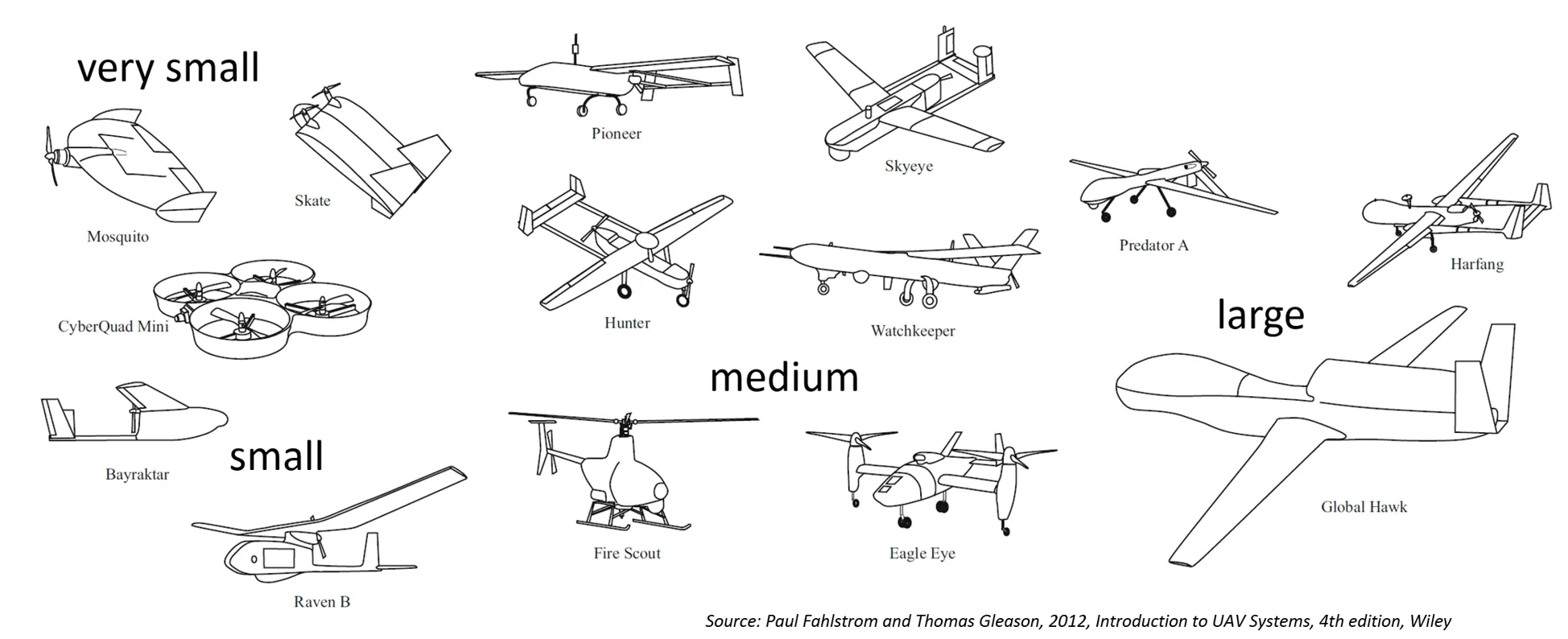
Different Designs
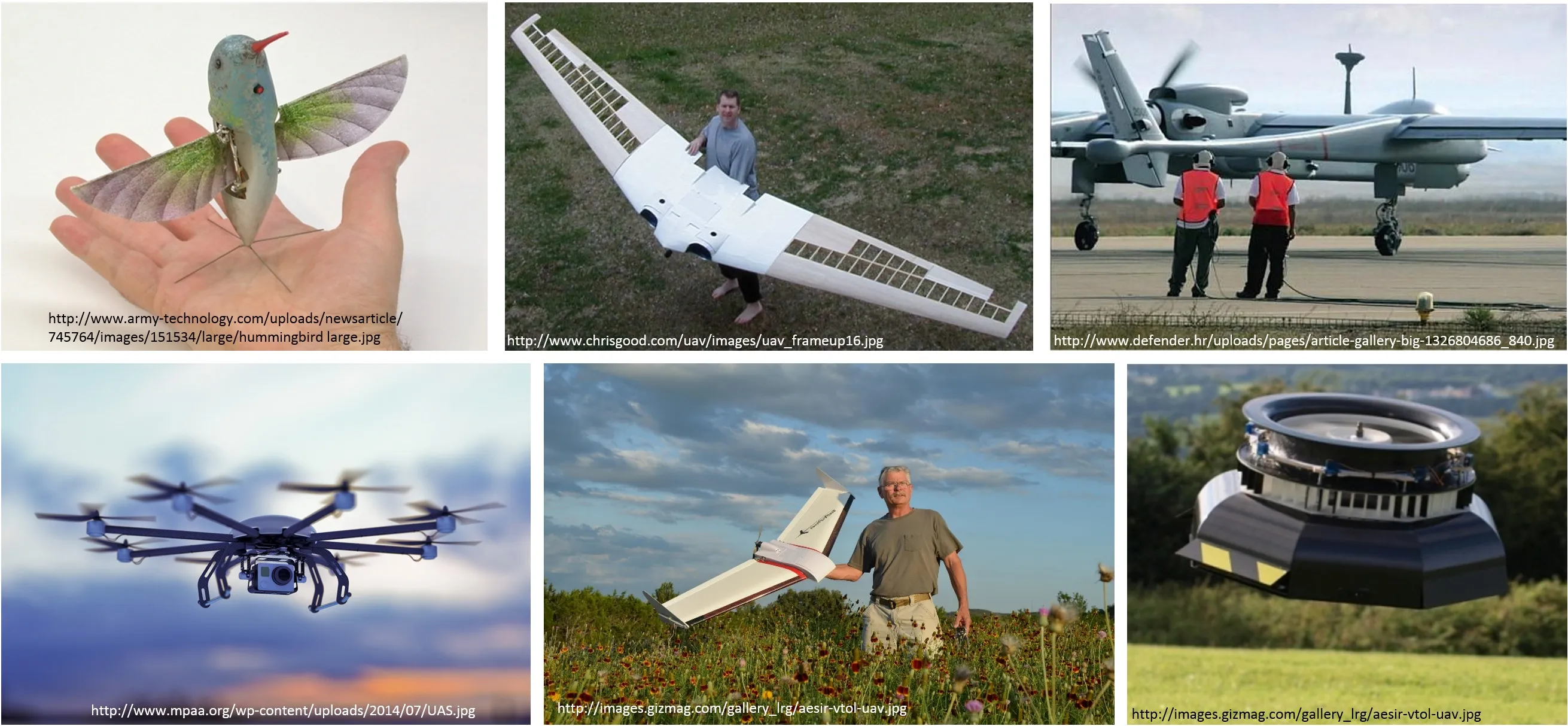
Different Classifications
- Physical size
- Weight
- Endurance
- Altitude
- Wing loading
- Engine type
- Range
- Performance
- Capabilities
- Type
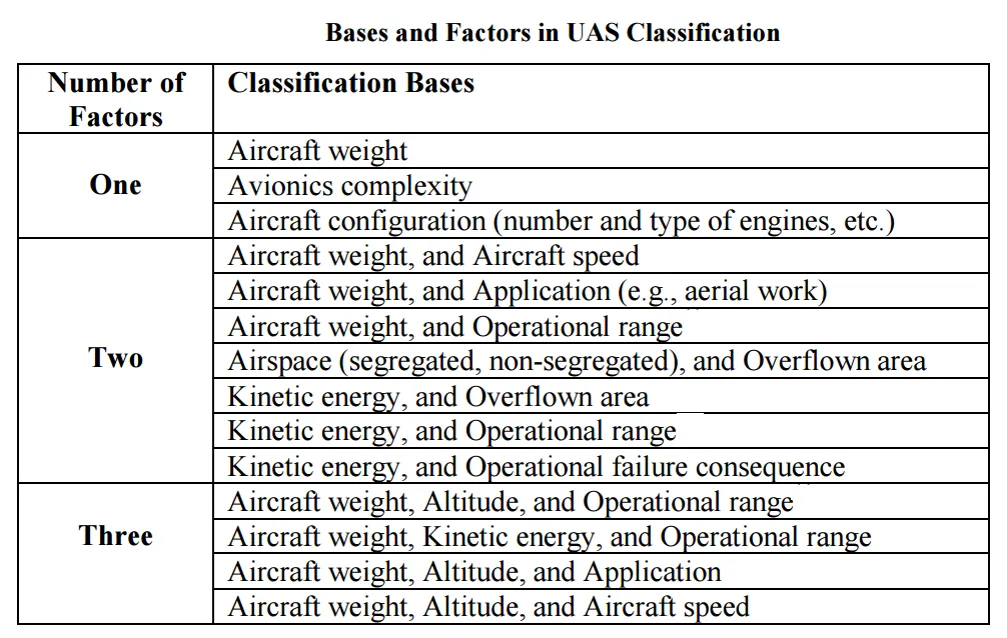
Simplified classifications
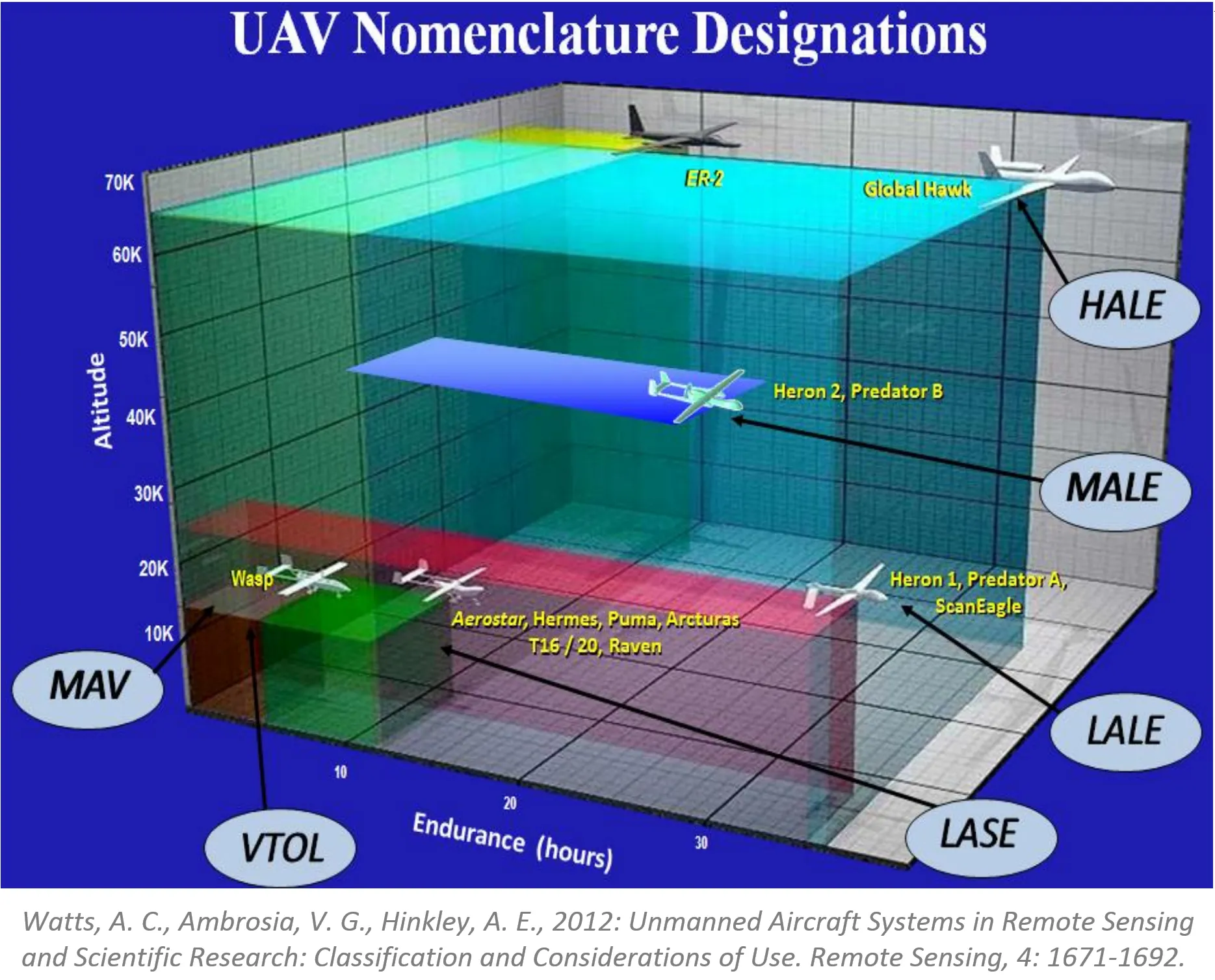
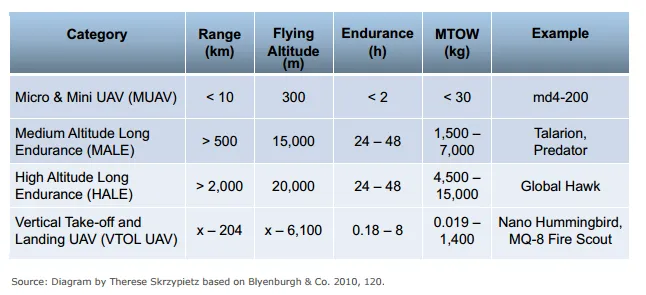
- More (much much more) about classifications in the article
- Condensed basics including classification can be found in Unmanned Aircraft Systems for Civilian Missions
How does a UAS work?
System elements
Generic Unmanned Aircraft System
- Air vehicle
- Mission planning element
- Command and control element
- Communication link
- Launch and recovery element (for some of them)
- Payload
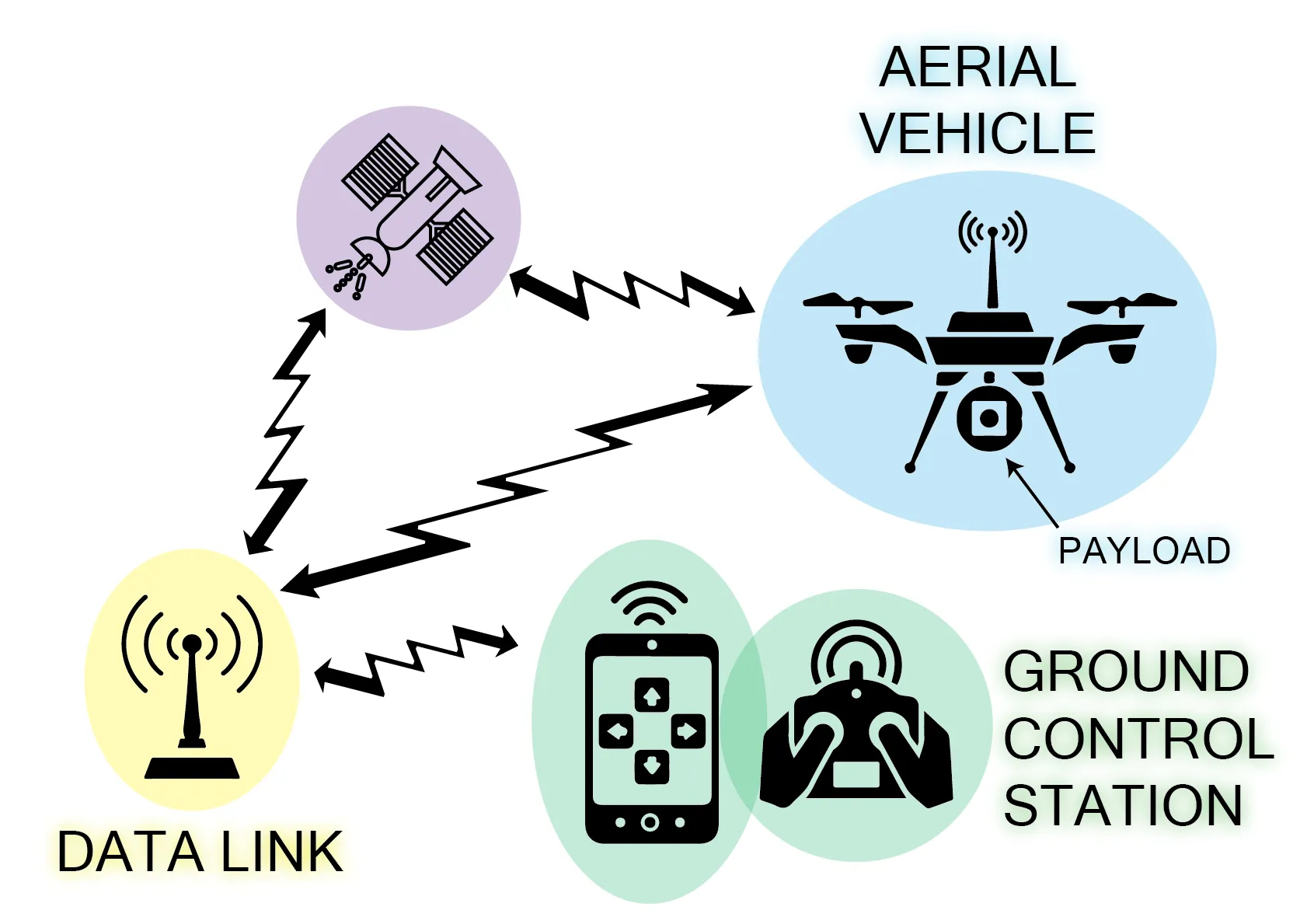
Sensors
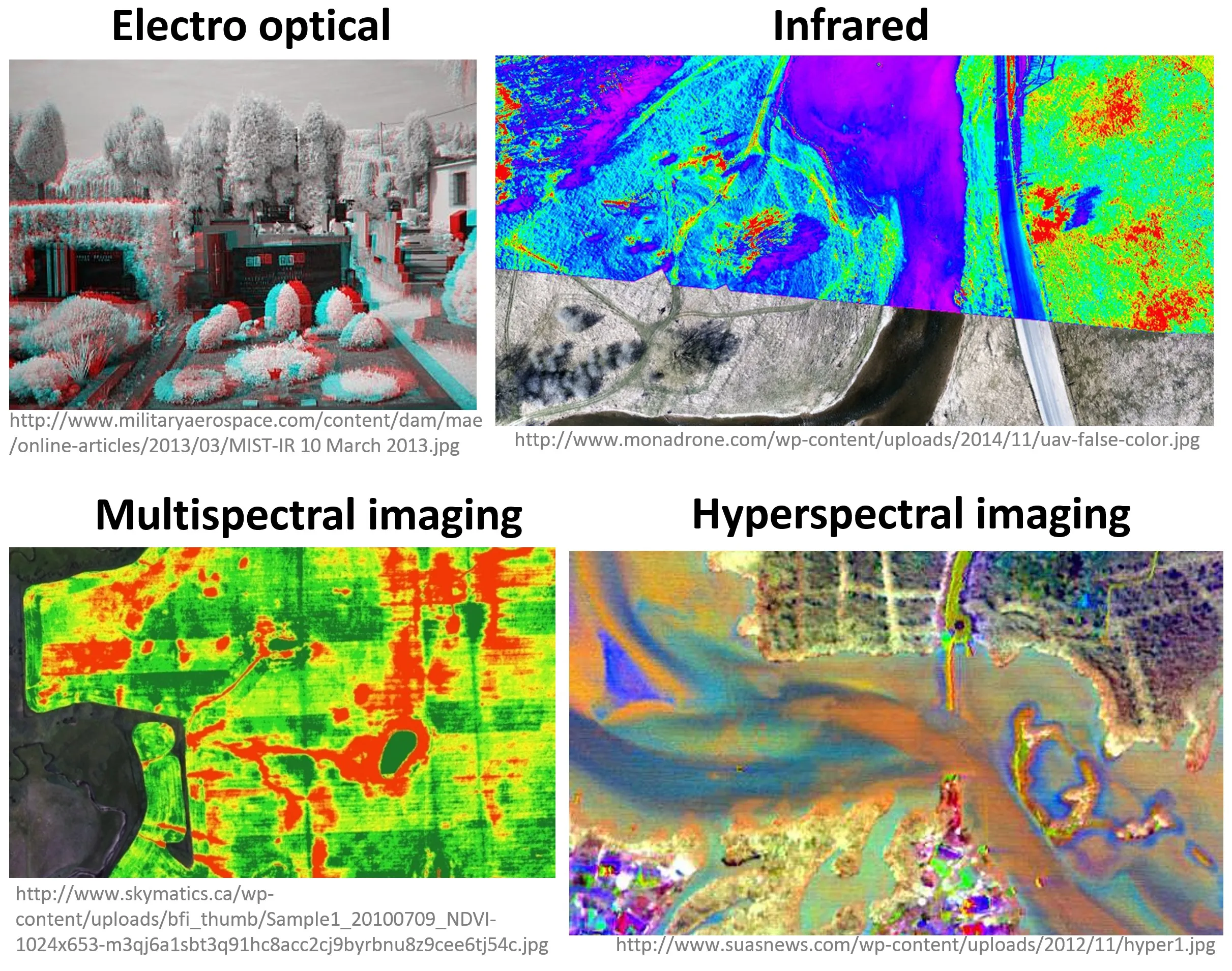
Sensors
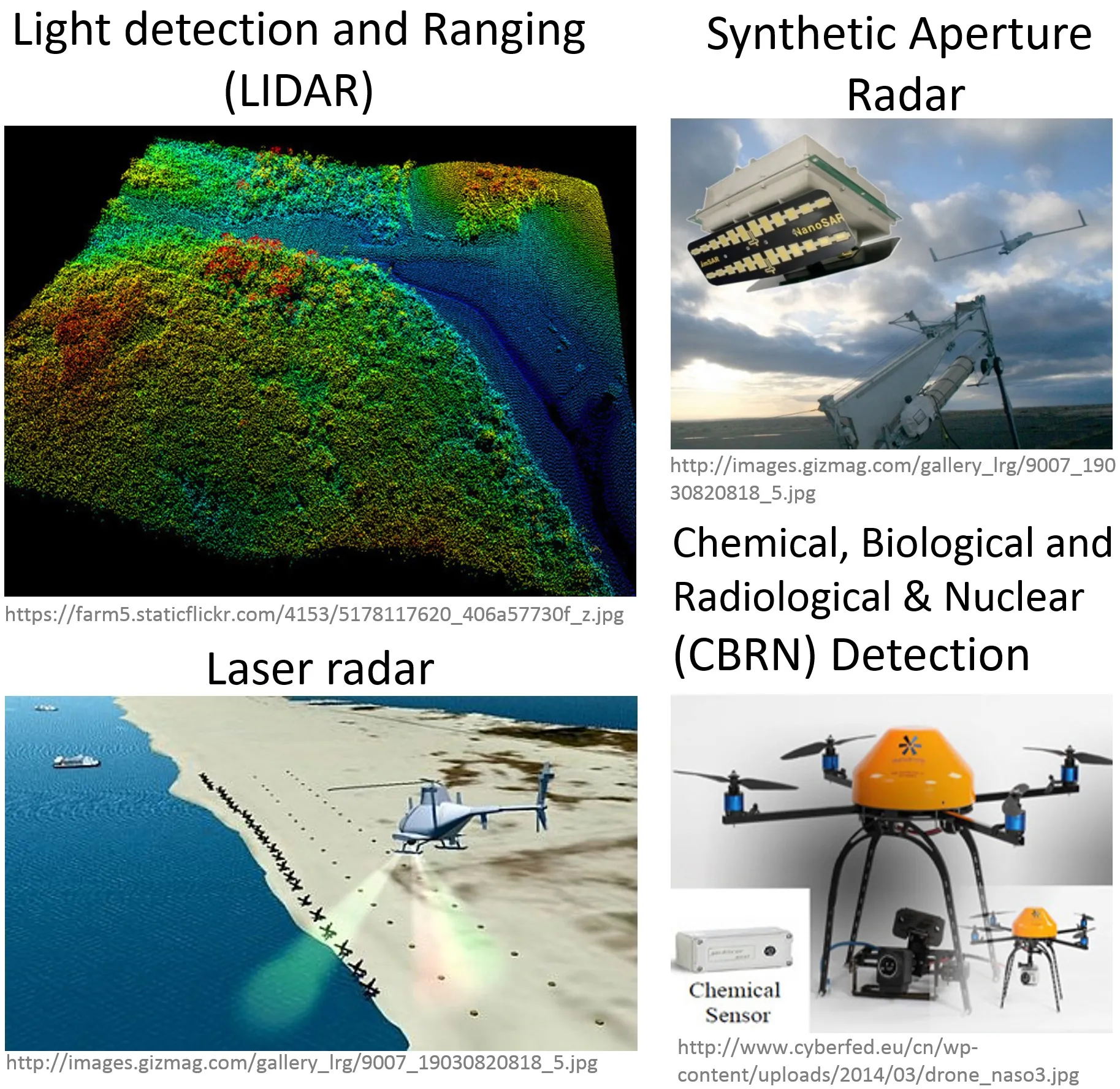
UAS sensors for mapping
- RGB cameras
- Infrared sensors
- Multispectral and hyperspectral sensors
- Laser scanners
- Thermal sensors
RGB (natural color) cameras
- Most common payload for consumer-grade UAS
- Photo or video mode
- Mapping (orthophoto and DSM generation) possible even with non-photogrammetric cameras
- Variety of cameras, lenses, and mounting systems - some suitable for 3D modeling
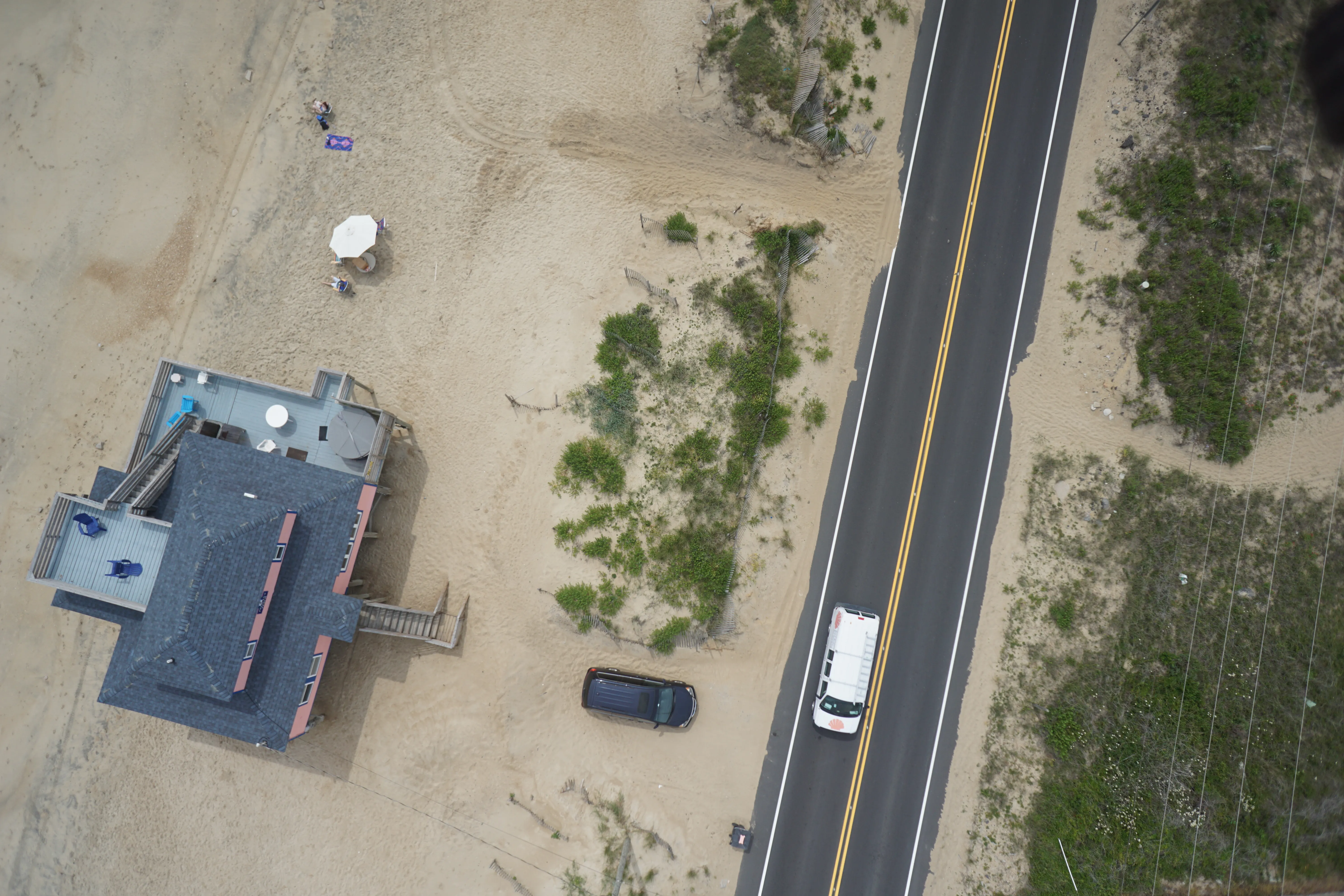
Multispectral and hyperspectral cameras
- Miniaturization is challenging in terms of optics and sensor calibration
- Weight, cost, data quality has improved; spectral bands, resolution need improvements
- Cameras with NIR band: agriculture and vegetation mapping (for NDVI)
- The more bands the more information, but also higher price of the sensor
- $$ multispectral - couple thousands
- $$$ hyperspectral - tens of thousands
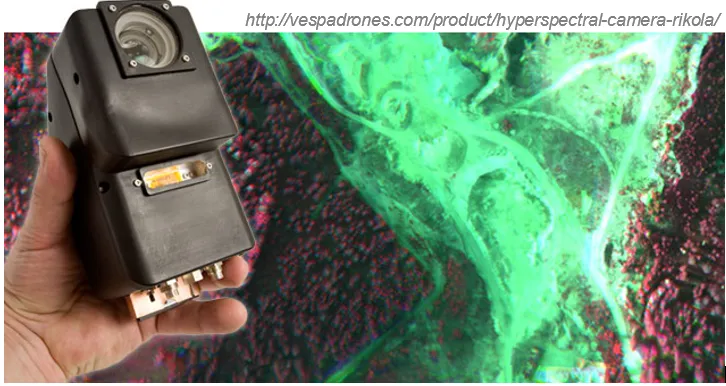
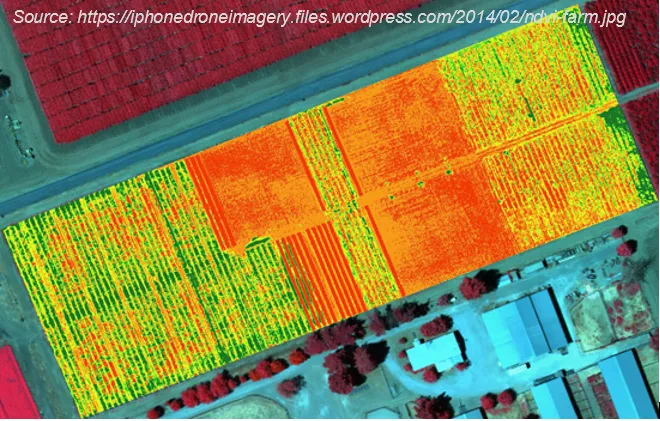
Active sensors - LiDAR and SAR
- Active sensors can reach below-canopy ground surface
- Large trade-offs between performance and size or cost of LiDAR
- LiDAR now common on UAS thanks to miniaturization
- SAR (Synthetic Aperture Radar) used experimentally, still faces challenges in adaptation to UAS
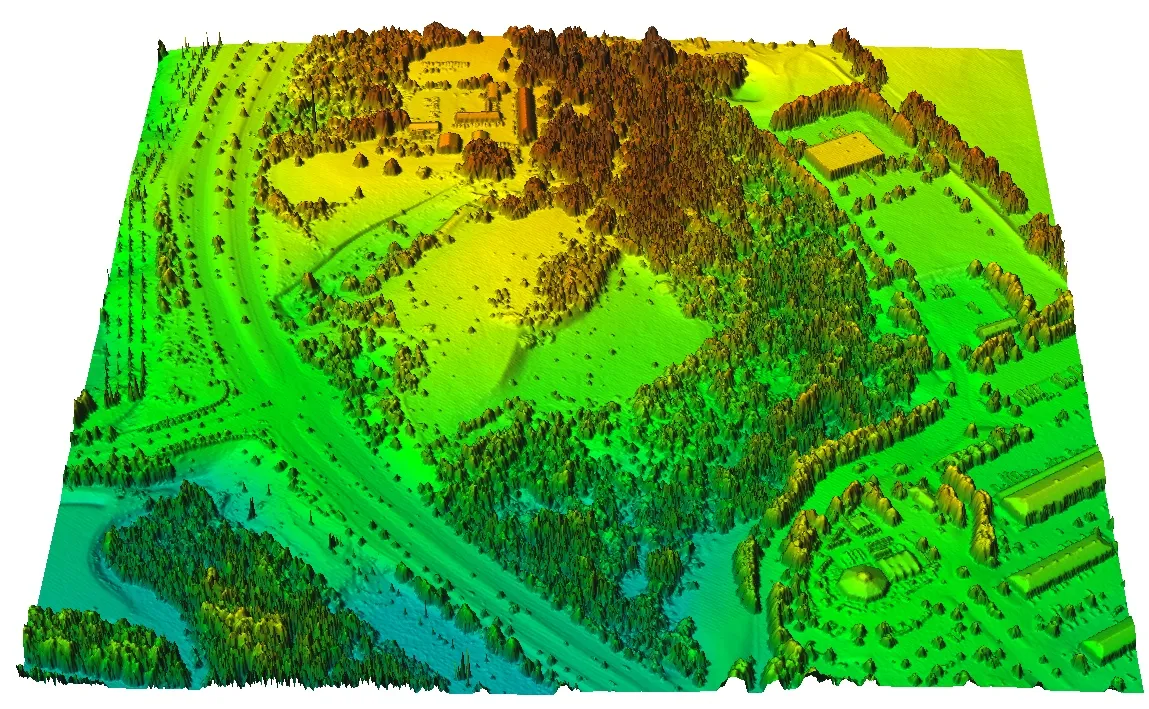
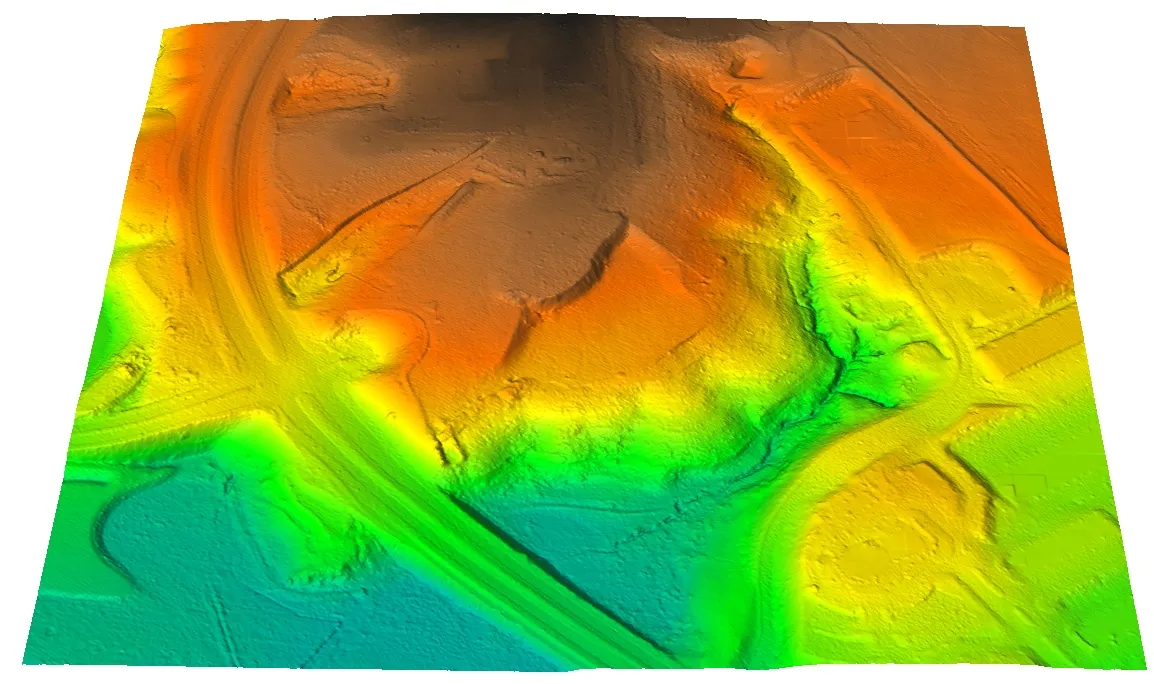
Thermal imaging
- Used in forest fire monitoring, search and rescue missions
- For mapping purposes coupled with visible band sensors (see example FLIR DUO)
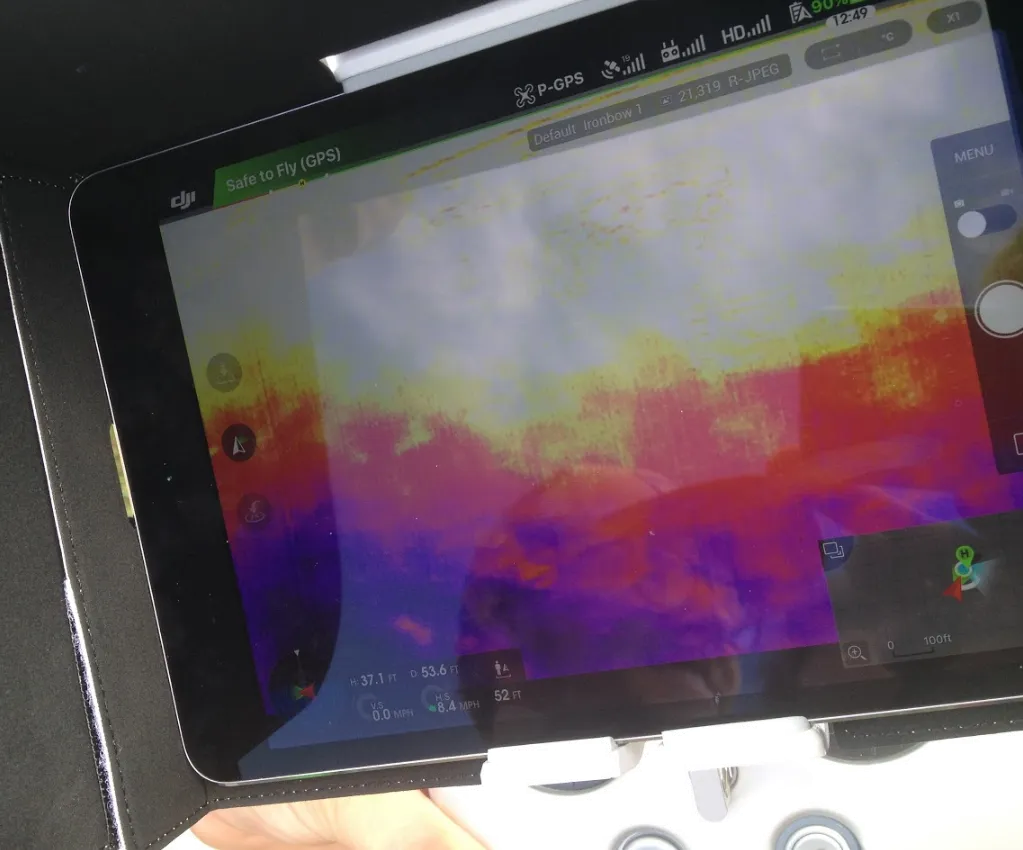
Sensor and platform integration
The optimal combination of carrier (Unmanned Vehicle) and sensing payload needs to be determined based on:
- Volume, size, and weight specifications
- Specific application requirements
- Mounting: integrated by manufacturer or custom solutions
- The sensors must be adapted to the carrier and vice versa
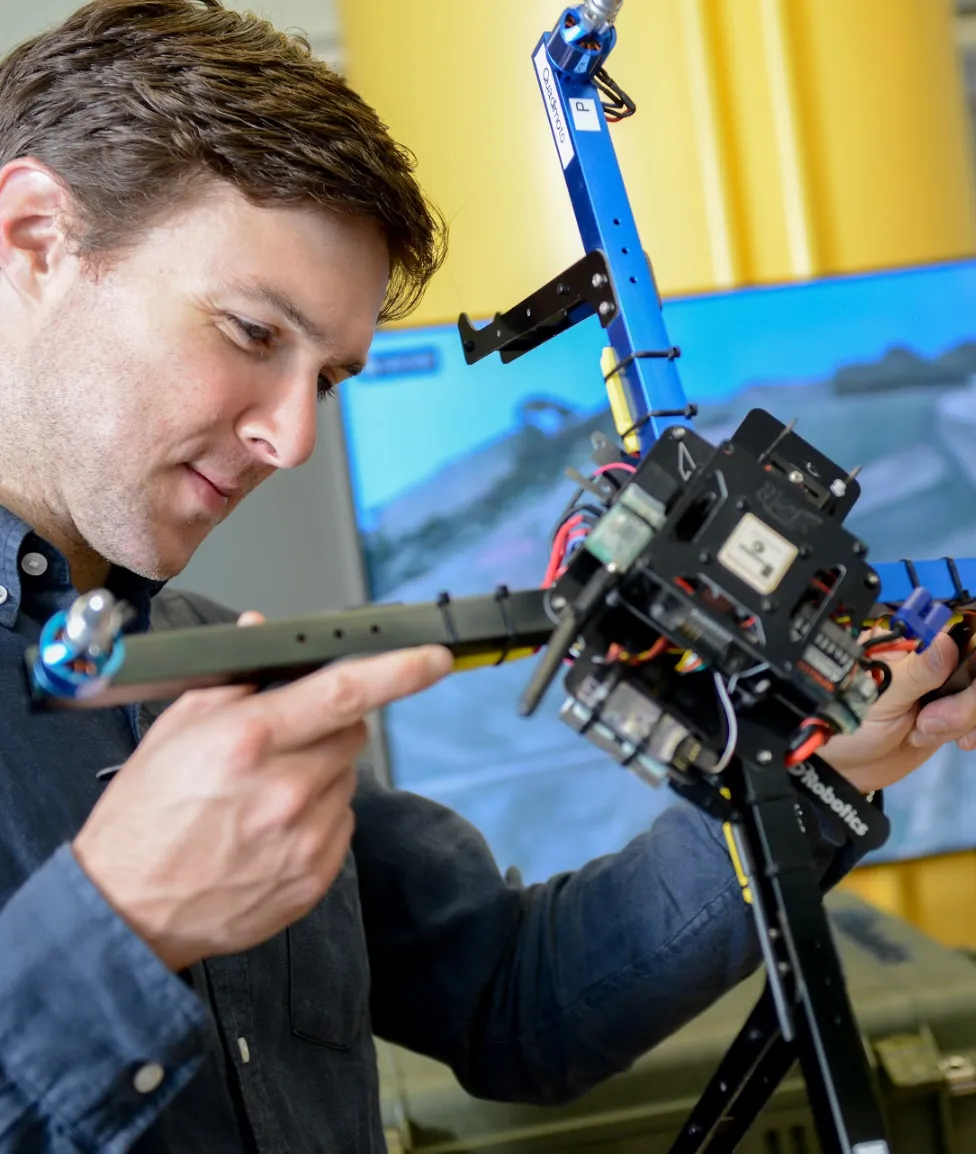
Who uses UAS?
Types of UAV Operations
Types of UAS Operations
Public Operations
Governmental, limited by federal statute to certain government operations within U.S. Airspace;Civil Operations
Non-Governmental, must be conducted in accordance with all Federal Aviation Administration (FAA) regulations;Model Aircraft
Hobby or Recreation only.
FAA – Federal Aviation Administration
NAS – National Airspace System
The common network of U.S. airspace:
- air navigation facilities, equipment, and services;
- airports or landing areas;
- aeronautical charts, information and services;
- rules, regulations, and procedures;
- technical information; and manpower and material.
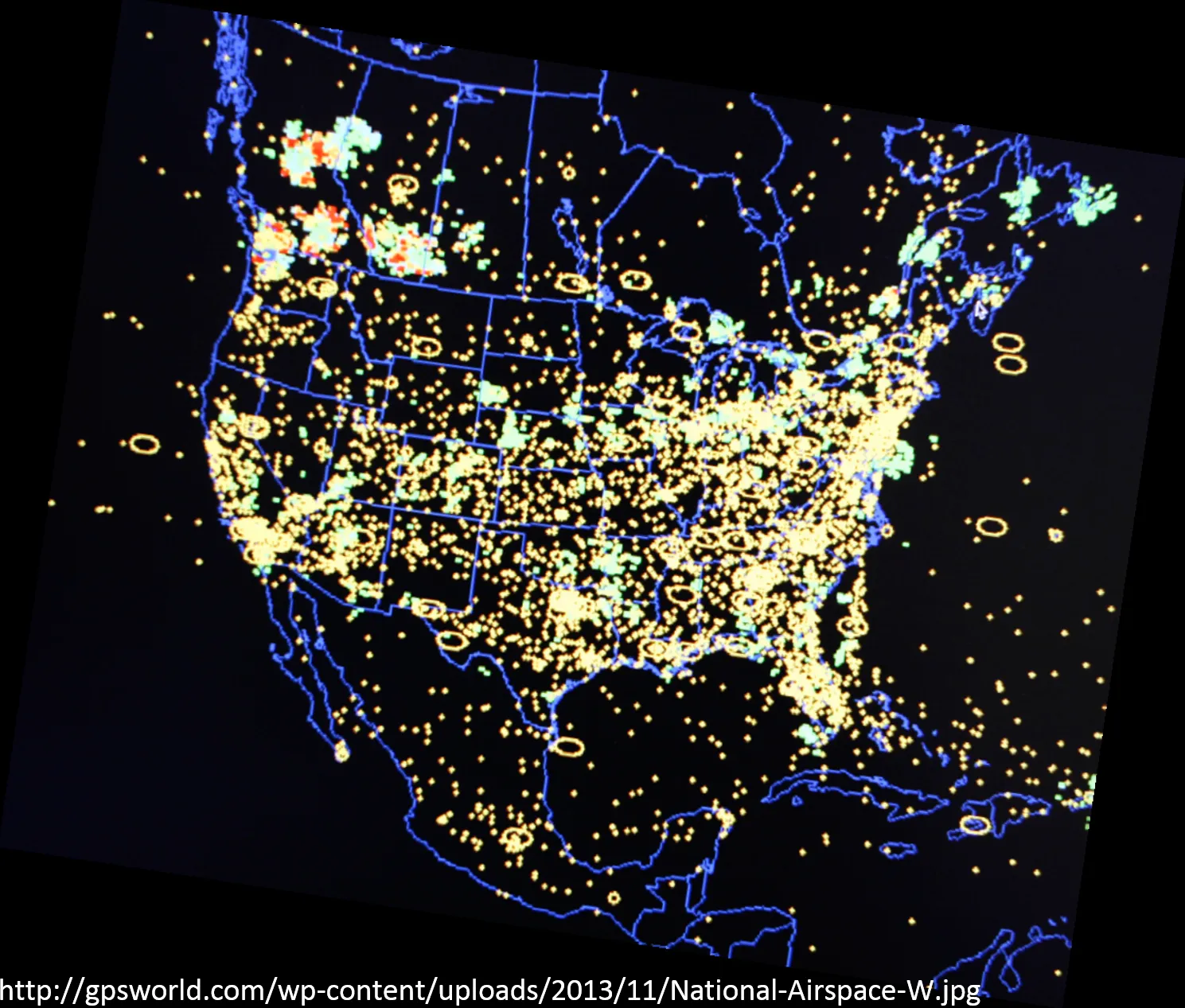
Integration of UAS into the NAS
- review of current policies, regulations, environmental impact, privacy considerations, standards, and procedures;
- identification of gaps in current UAS technologies and regulations, standards, policies, or procedures;
- development of new technologies and new or revised regulations, standards, policies, and procedures;
- and the associated development of guidance material, training, and certification of aircraft systems, propulsion systems, and airmen.
Can I use it?
Regulations, standards, policies, and procedures
Know before you fly
- “Know Before You Fly” is an educational campaign that provides prospective unmanned aircraft users with the information and guidance they need to fly safely and responsibly.
- Different rules apply to recreational and business users and government entities
- New regulations (effective on August 29, 2016) known as “Part 107”
What are UAS used for?
Army and Government
- Department of Agriculture
- Department of Commerce
- Department of Defence
- Department of Energy
- Department of Homeland Security
- Department of Interior
- Department of Justice
- NASA
- NOAA
- State Universities
- State Law Enforcement
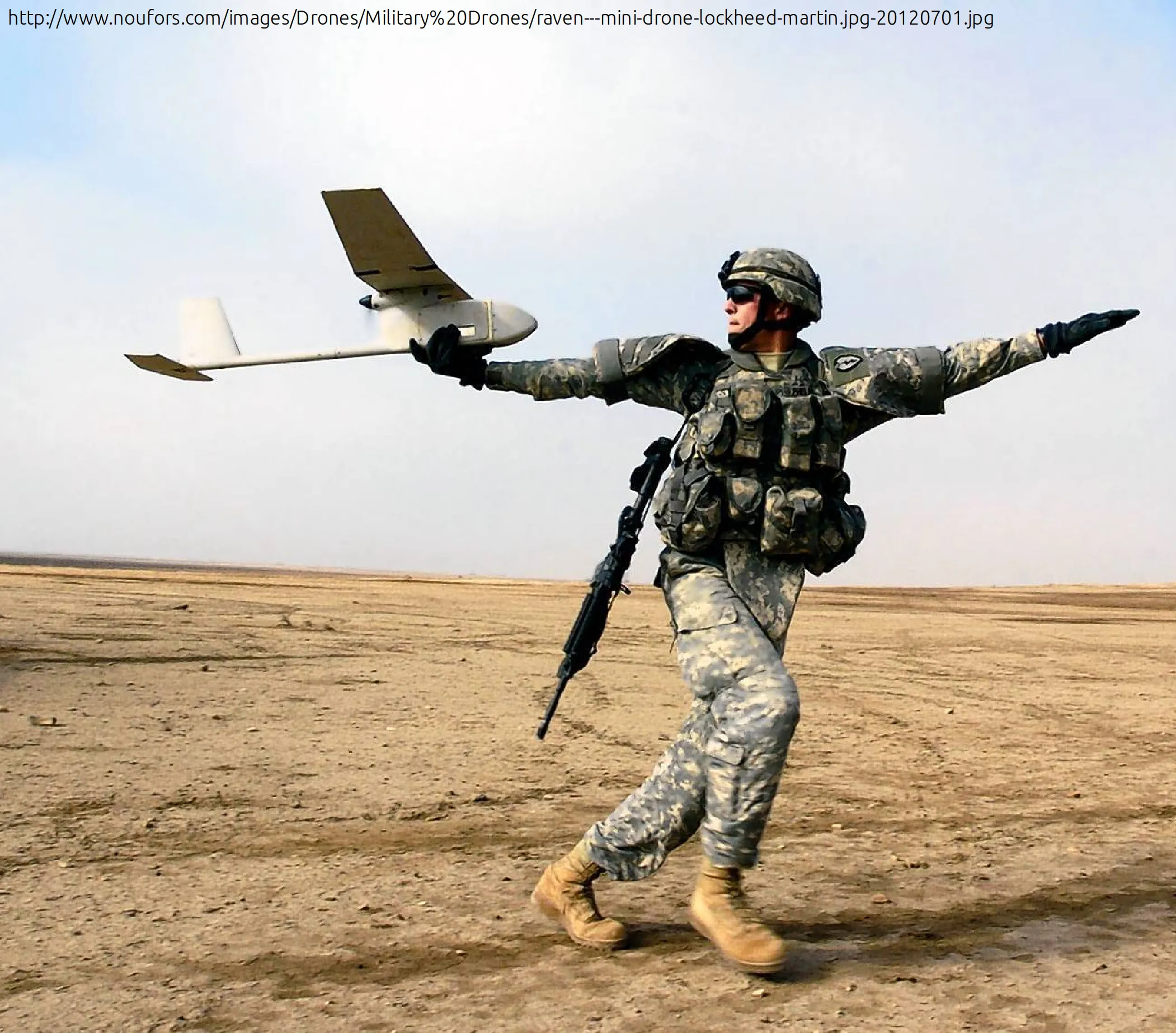
Civilian Application Fields
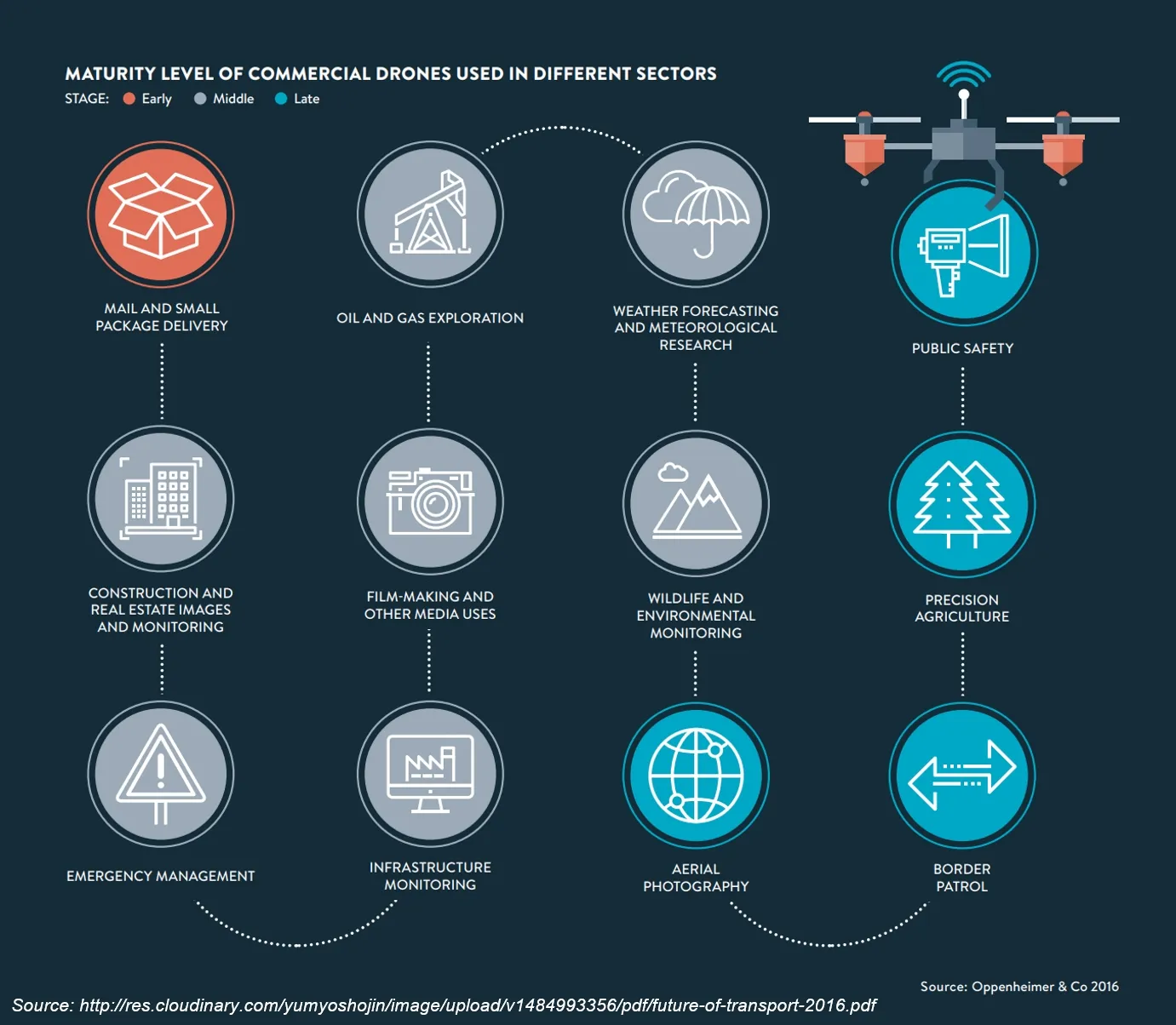
Application Examples (1)
- Agriculture:
- UAS equipped with fertilizer and pesticide dispersing equipment can be used to spray over large fields;
- Telecommunications:
- As mobile relay platforms, e.g., in disaster zones for emergency telecommunications
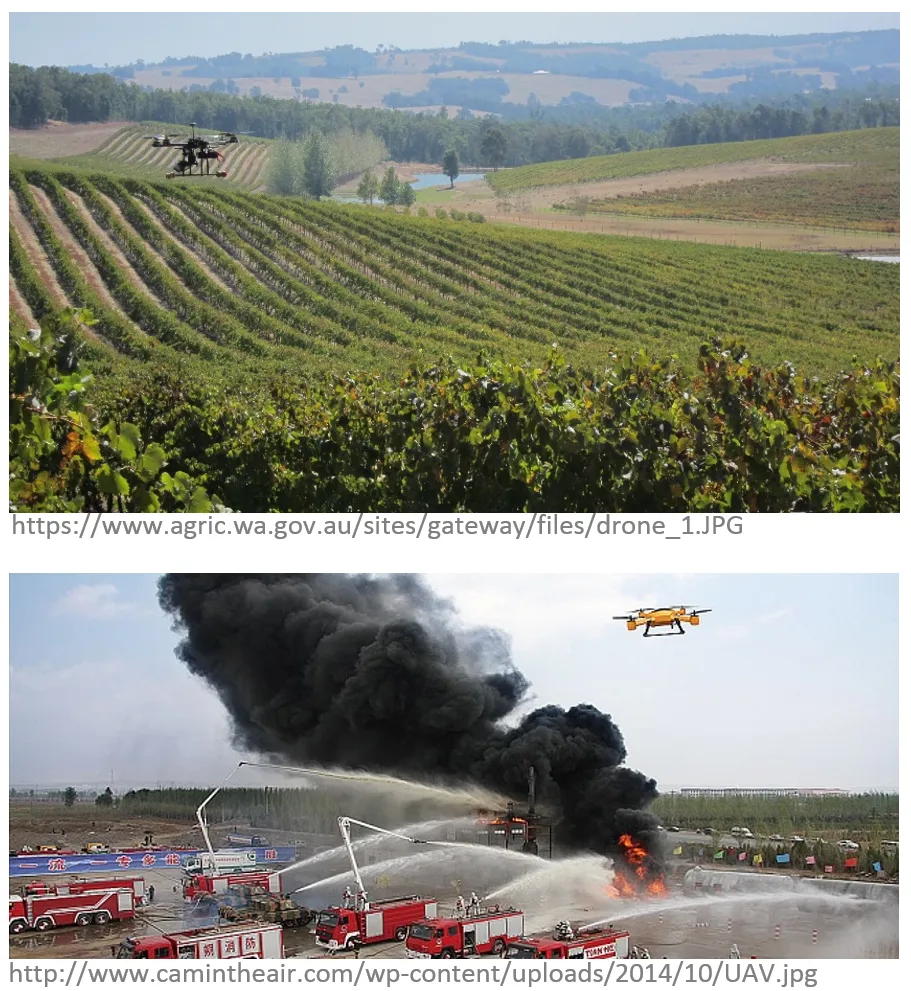
Application Examples (2)
- News Broadcasting:
- In providing aerial video feeds for news events;
- Air Traffic Control and Ground Traffic Control:
- To monitor traffic and accidents over highways and streets, capture violation of traffic rules;
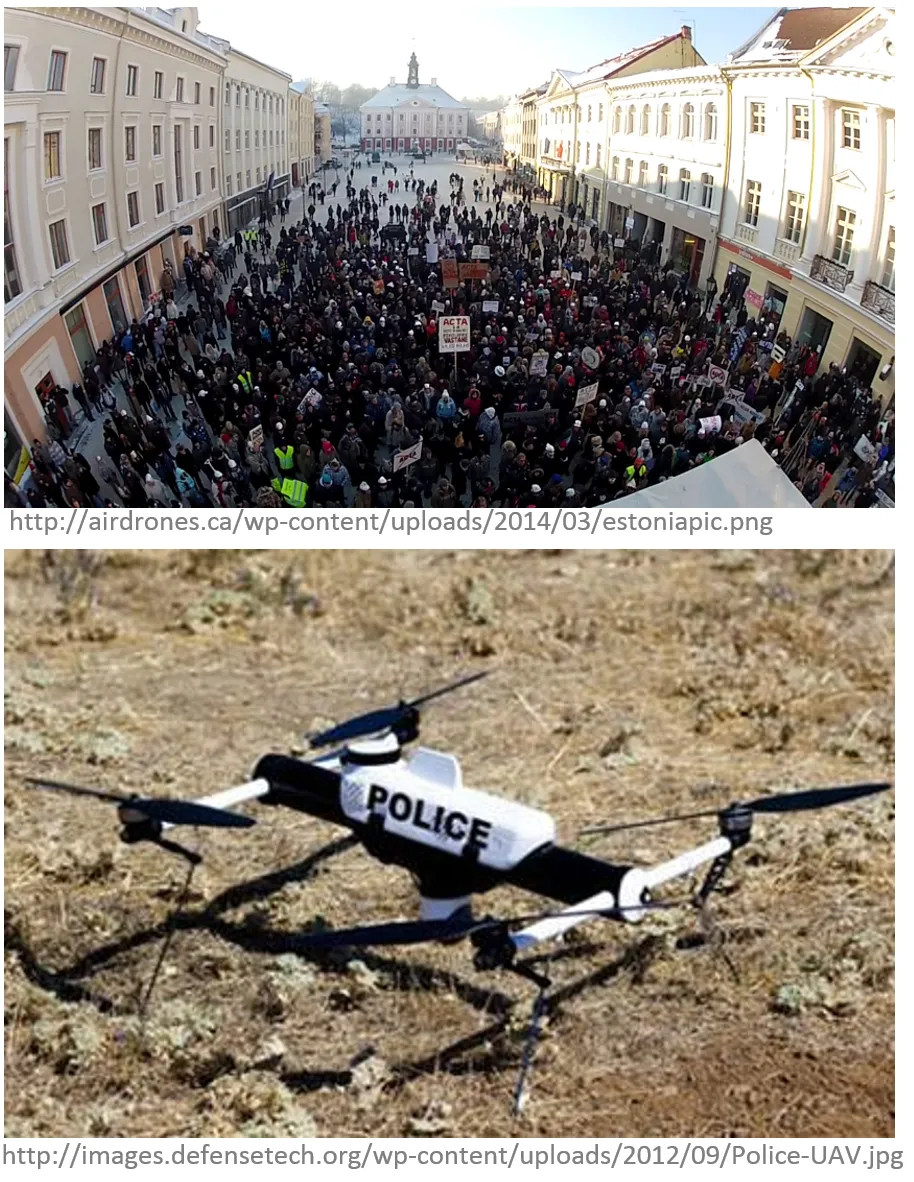
Application Examples (3)
- Mineral Exploration:
- In aerial survey, to find minerals in hard-to-reach regions;
- In existing mines, to map extracted material volumes;
- Coastal Monitoring:
- Mapping dynamic shorelines and post-storm assessment
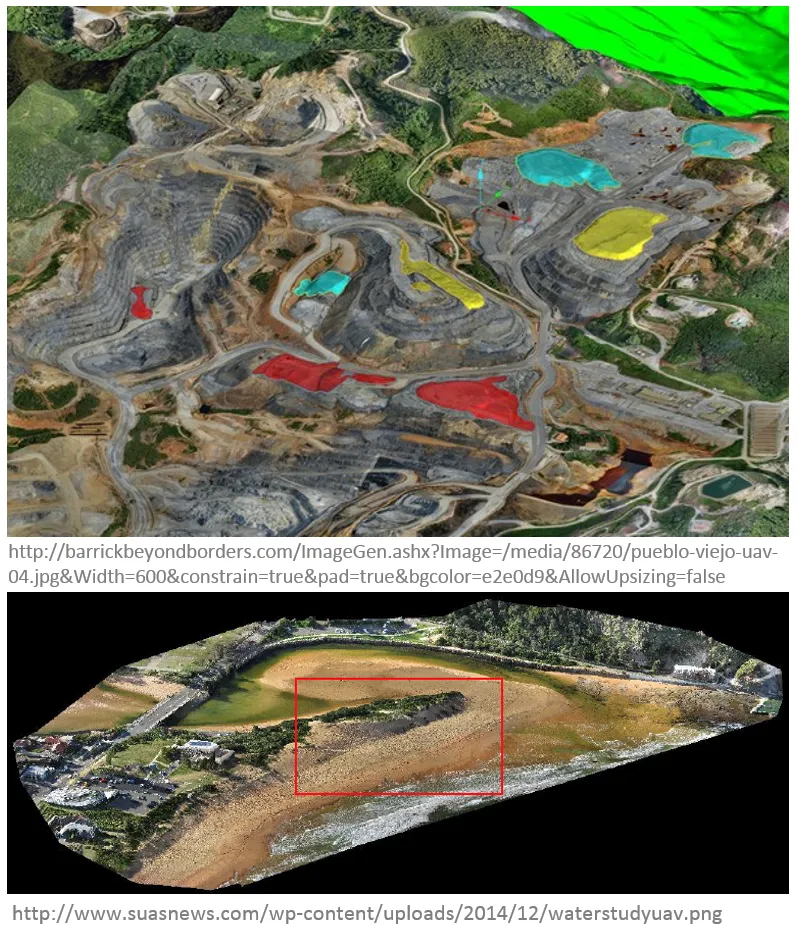
UAS for Remote Sensing (1)
- Agriculture and Environment:
- Crop monitoring, vegetation mapping, forest fire monitoring, animals detection;
- Intelligence, Surveillance, and Reconnaissance:
- Detection of lost persons in difficult-to-access situations, support fire brigades in real-time crisis management, rapid disaster management;
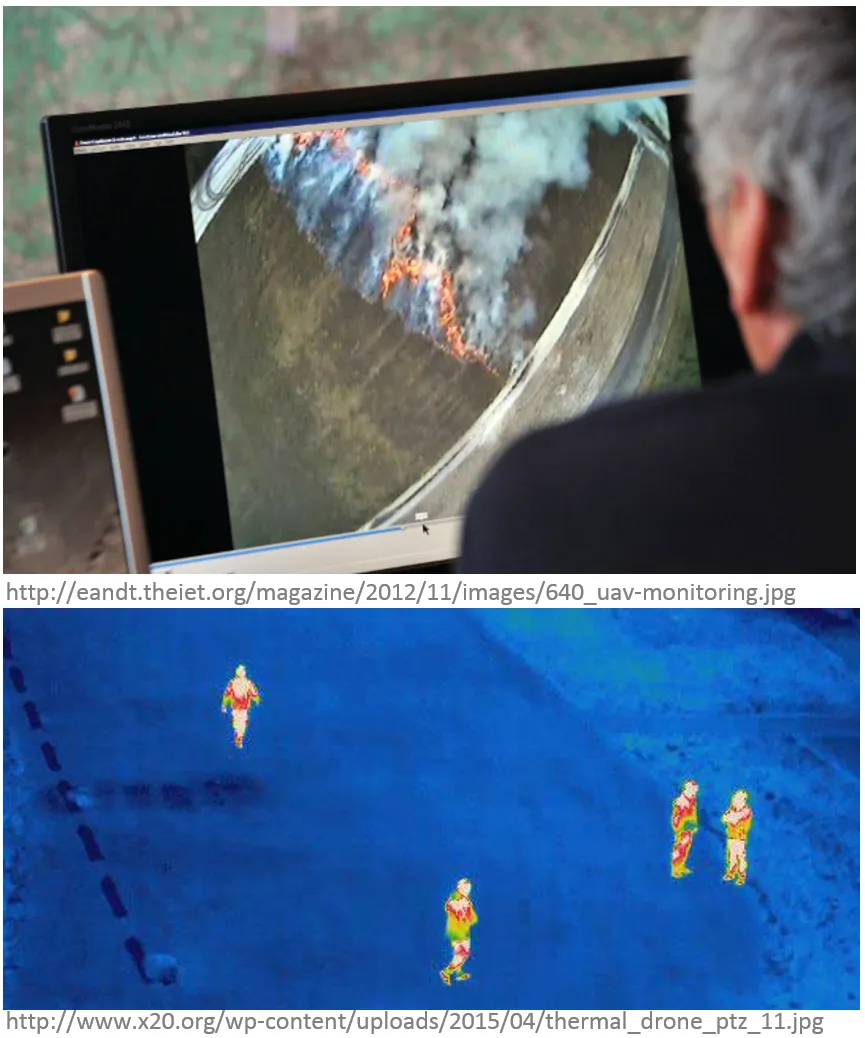
UAS for Remote Sensing (2)
- Aerial Monitoring in Engineering:
- Infrastructure inspections, distributed wind measurement, landslide monitoring;
- Cultural Heritage:
- Orthophotos of archaeological sites, 3D models of man-made structures;
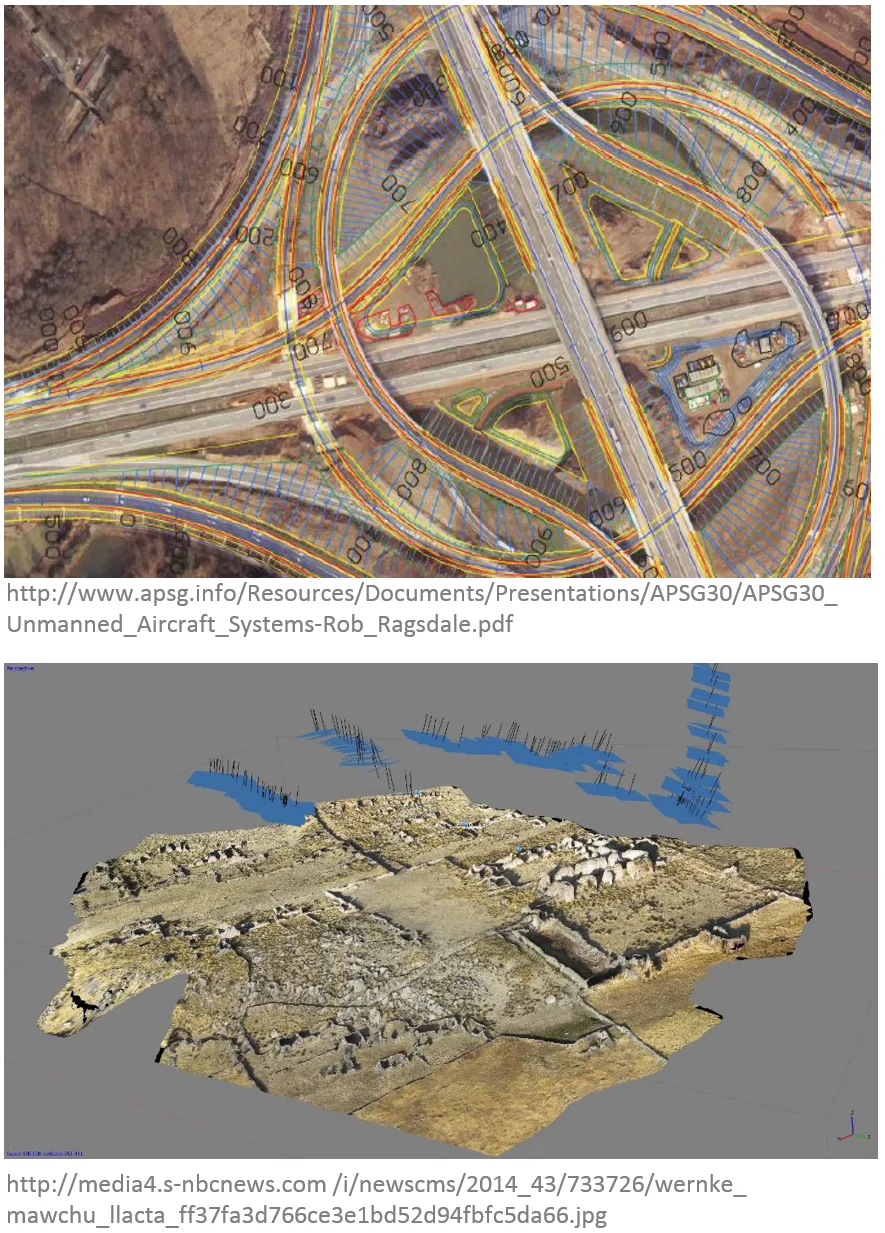
UAS for Remote Sensing (3)
- General surveying, mapping, and photogrammetry, cadastral applications:
- Cadastral surveying, alternative to traditional surveying, high-precision parcel boundary determination;
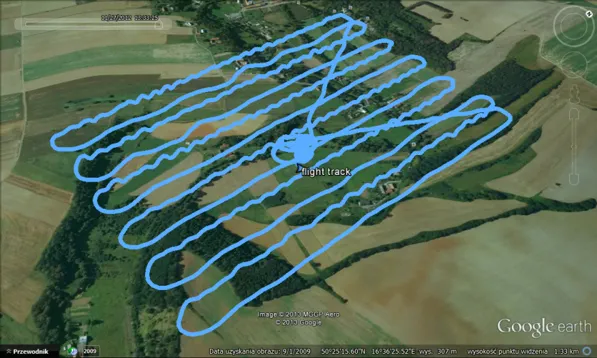
Use your imagination!
Why should you know how to use UAS?
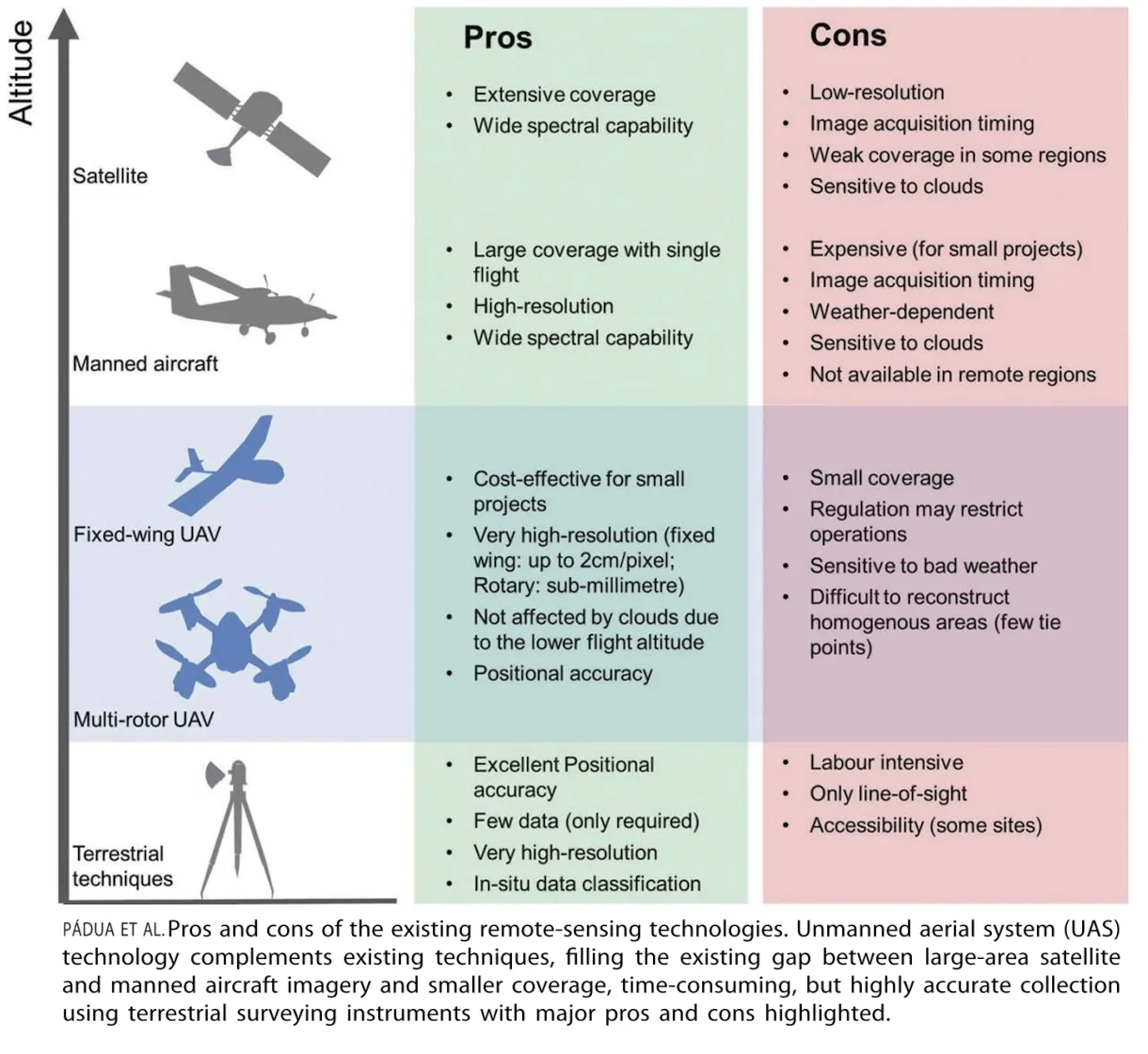
Barriers
- Constantly changing legislation and regulations
- Political and societal acceptance
… what do you consider a barrier in UAS development? What obstacles do you see for yourself as a potential UAS user?